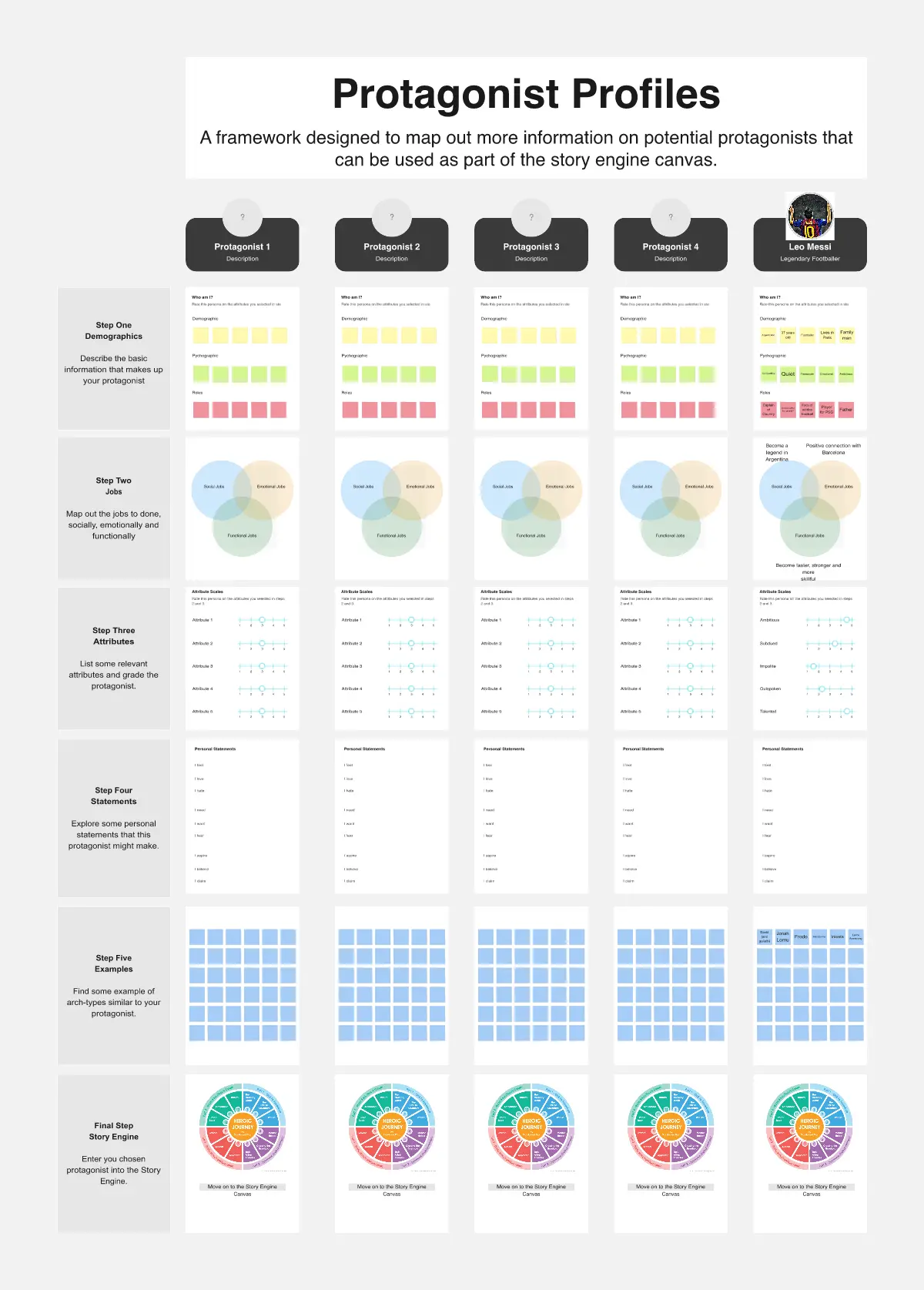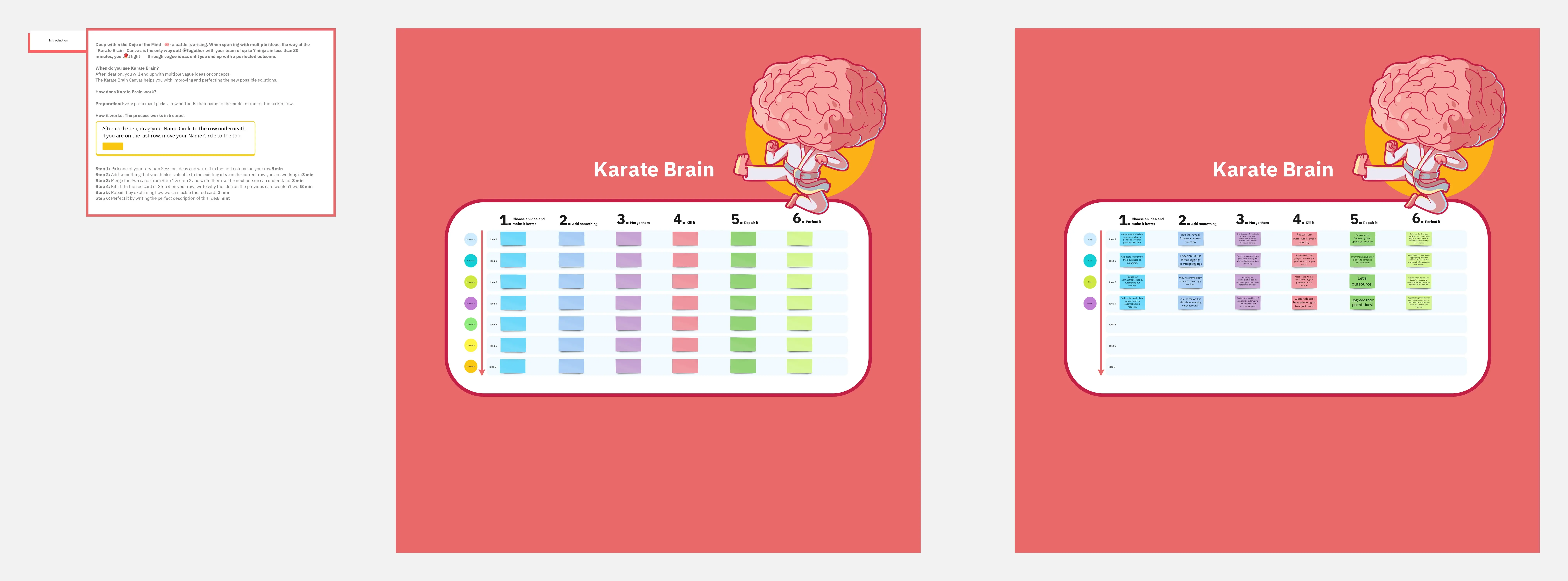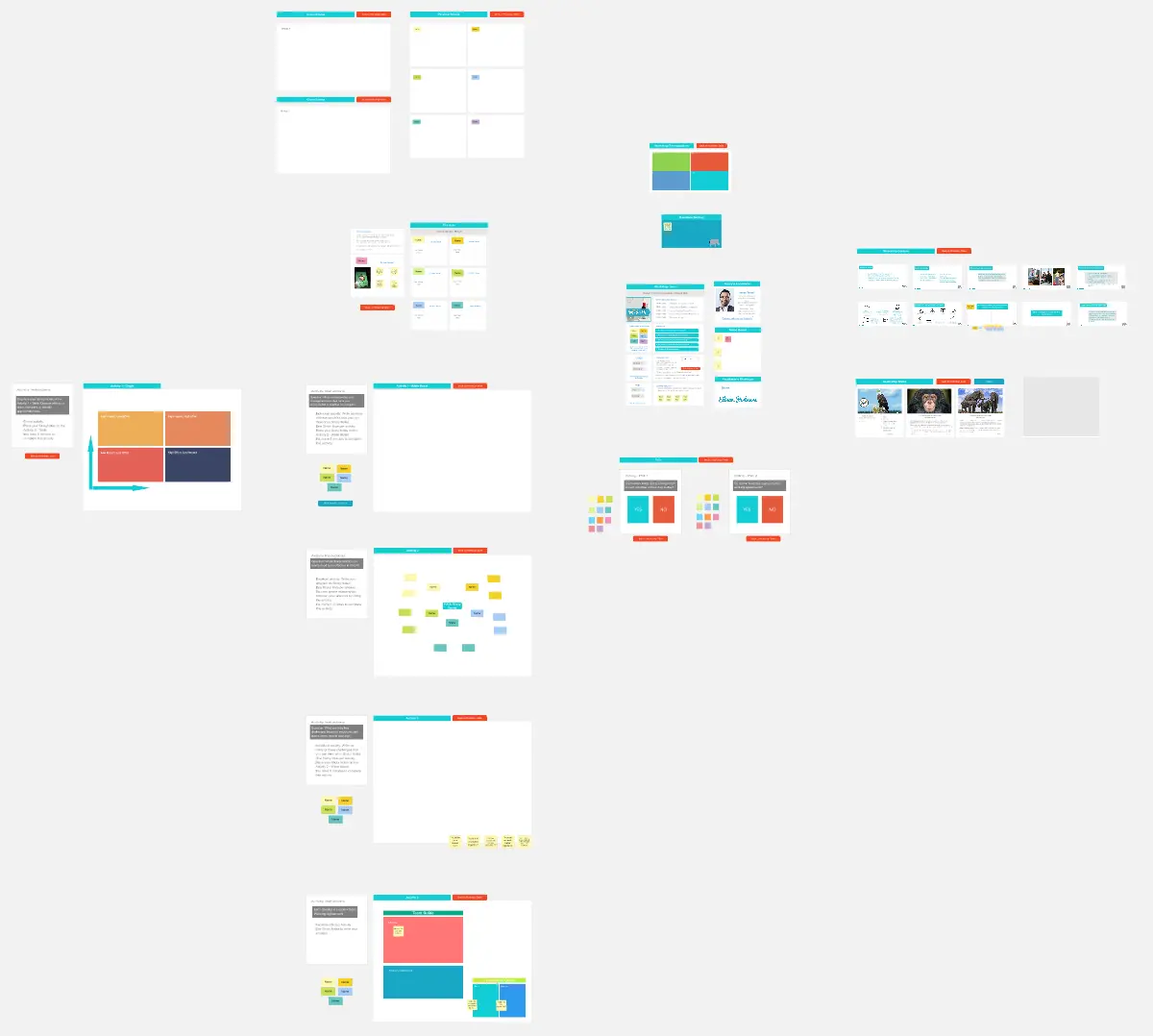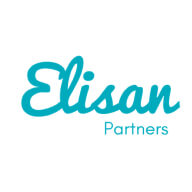The Story Engine
The Story Engine is a process that can help product and marketing teams ideate, create and experiment with impactful product stories.
Humans think in stories; we make sense of the world with stories.
Great marketing is being able to effectively influence the way people think, feel, and behave. To convert our knowledge and understanding of a specific audience into a meaningful connection.
If humans think in stories, then as the voice of the market, product marketers need to be able to understand how to create, comprehend, and communicate a compelling story.
The canvas follows three essential stages.
With his “Triangle of Persuasion”, Aristotle theorised that effective persuasion relied on three key elements. Emotion, logic, and credibility. With this process, we can ensure our stories communicate all three elements.
1. Craft Credibility
People don't buy what you make; they buy why you make it. Invest some time to better understand yourself as a brand or a storyteller. Who are you, what makes you unique, and why are you creating this story in the first place? For brand marketers, this can be your vision statement of the brand mission; for product marketing, this could be your positioning statement.
Credibility Frameworks - Positioning Canvas, Brand Statemen, IKIGAI, Golden Circle.
2. Embed Emotion
Next, take some time to define your audience. What is your Ideal Customer profile? What are their functional, emotional and social jobs to be done. Use all of this information to define a few potential protagonists. This could be your customer, user, brand, product, or feature. This will help you to personalise your story and customise your conflict.
Emotion Framework - ICP, User Personas, Jobs to be done.
3. Structure Logic
Now that we know our target audience and have defined what makes our brand and product unique, it is time to put pen to paper. Use the story circle to start ideating potential plots. This should follow four key chapters.
Stage 1 - The Call To Adventure - Your customer starts their journey in a status quo. This is your opportunity to demonstrate your understanding of the target user and their world. Utilising data and research to set the scene.
Stage 2 - The Supreme Ordeal - The customer starts to face challenges on their journey. This is the time to outline all the specific pain points outlined in your product positioning.
Stage 3 - The Transformation - Every problem has a solution. This is the time to share it. Breaking down how our product and its many features solve these problems and create differentiated value for the user.
Stage 4 - The Road Back - What does success look like for the user? Now is the time to map it out. Highlighting the benefits accrued from succeeding with the product or solution.
In addition to the story wheel, you can also try alternative story structure frameworks such as Charles Brooker's "The Seven Basic Plots" or Kurt Voneguht's "The Shape of Stories."
Struggling for inspiration? Try building a prompt using generative AI to get the ball rolling.
Logic Frameworks - The Story Circle, Story Shapes, The Seven Basic Plots, The Shape of Stories.
"Storytelling is the most powerful way to put ideas into the world."
You can learn more at www.storytellingcertified.com
If you have any questions, reach out to me at https://www.linkedin.com/in/elliottrayner
Categories
Similar templates






Comments
Read our Community Guidelines and Terms of Use.